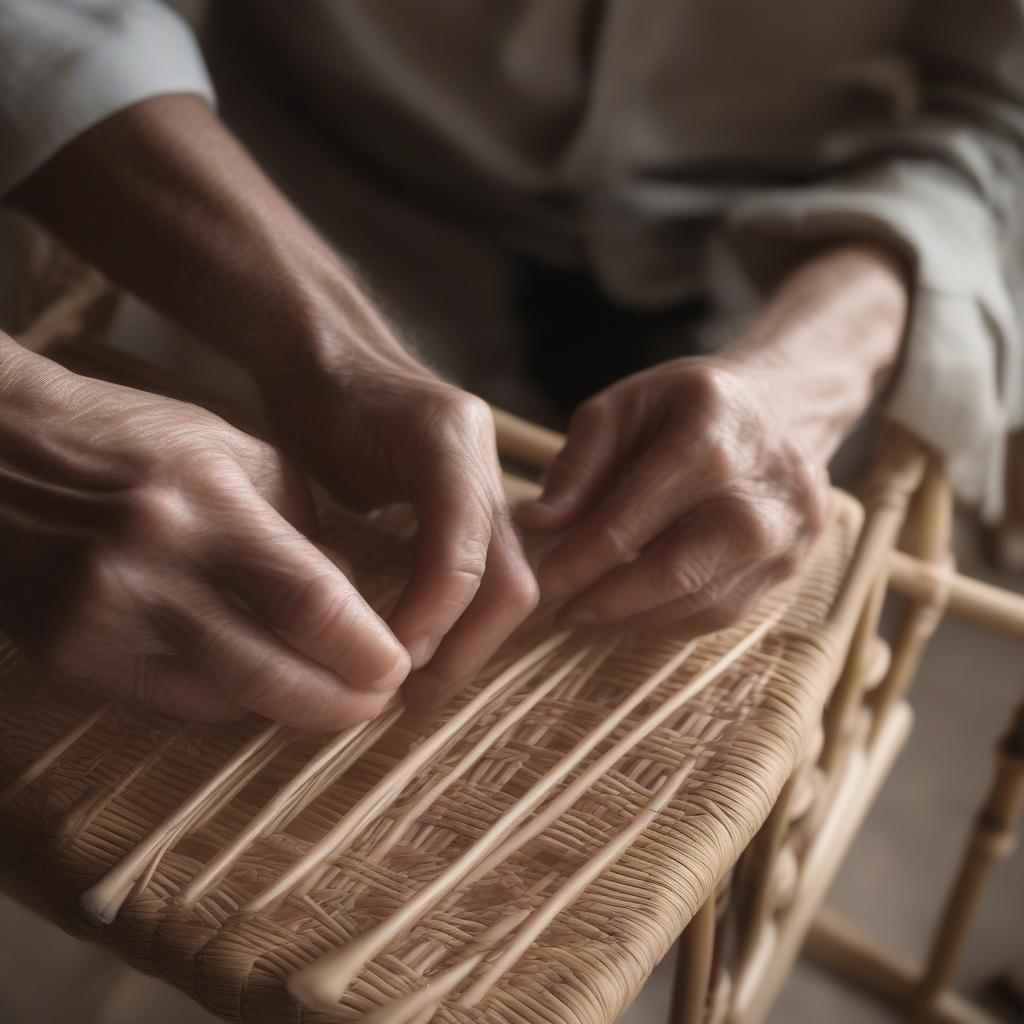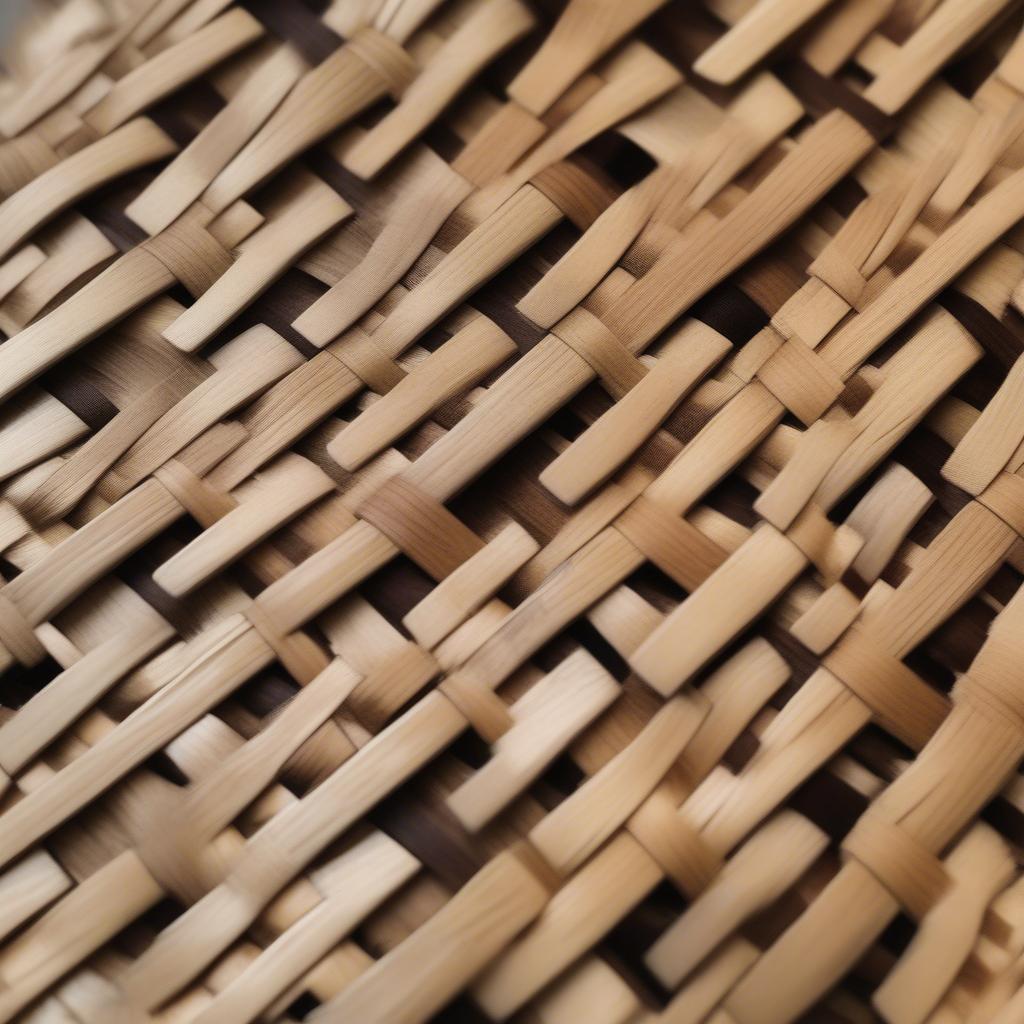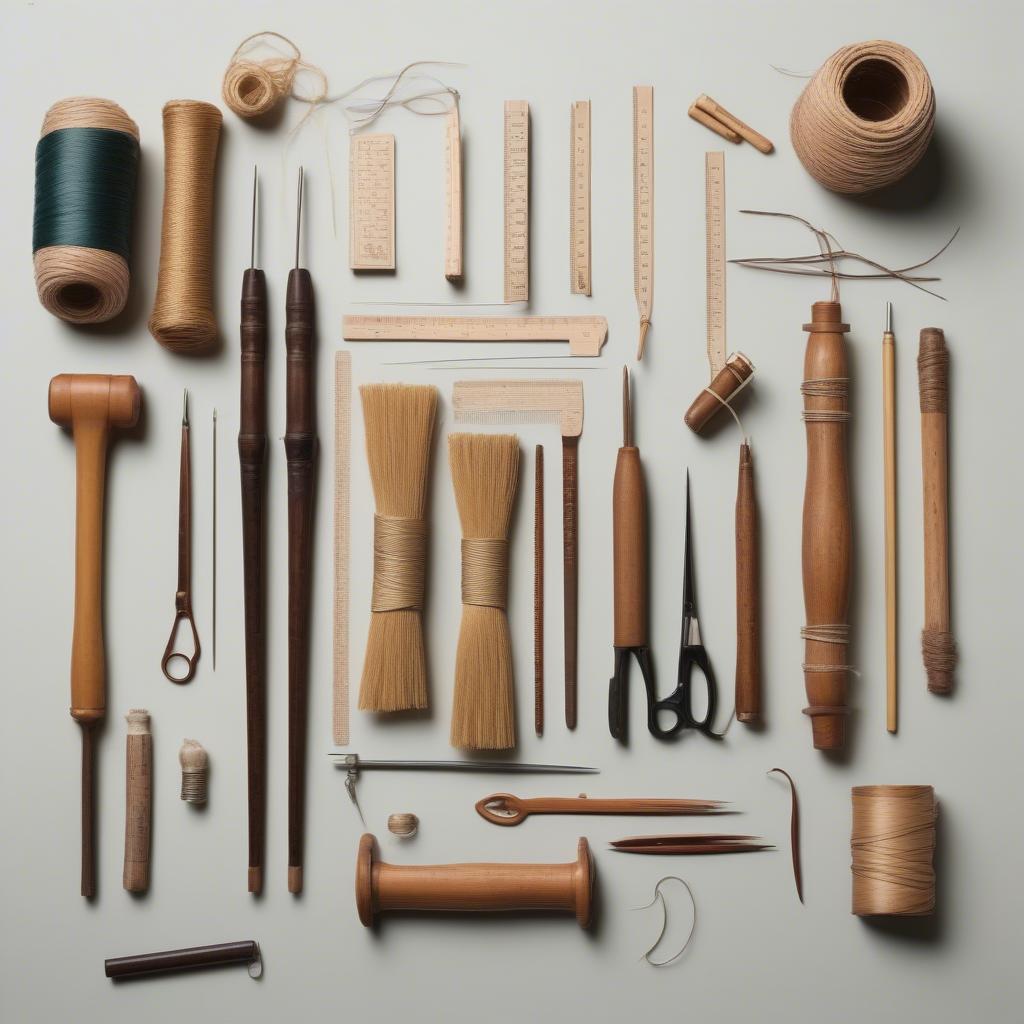Weave Chair
Types of Chair Weaving: A Comprehensive Guide
Chair weaving is a timeless craft that adds beauty and functionality to furniture. Whether you’re a seasoned DIY enthusiast, a professional furniture restorer, or simply curious about the different Types Of Chair Weaving, this guide will provide you with a detailed overview of various techniques, materials, and essential tools. Learn about the nuances of each method and discover the art of transforming ordinary chairs into unique, handcrafted pieces.
Exploring the Diverse World of Chair Weaving
Chair weaving encompasses a variety of techniques, each with its unique characteristics and aesthetic appeal. From traditional methods using natural materials to modern adaptations employing synthetic fibers, the possibilities are vast. Understanding the different types of chair weaving allows you to choose the best approach for your project and achieve the desired look and feel.
Cane Weaving: A Classic Choice
Cane weaving, often used in patio chair weaving, is a popular and enduring technique that uses thin strips of rattan core to create a durable and attractive seat or backrest. The cane is soaked in water to make it pliable, then woven through a pre-drilled frame using various patterns. Cane weaving offers a comfortable and supportive surface, making it ideal for dining chairs and other seating furniture.
 Traditional Cane Weaving for Chair Seats
Traditional Cane Weaving for Chair Seats
Rush Weaving: A Rustic Touch
Rush weaving uses dried rushes, a type of grass, to create a sturdy and rustic seat. This technique is often found in antique chairs and adds a touch of old-world charm to any piece of furniture. Rush weaving is known for its durability and natural aesthetic, making it a popular choice for those seeking a more traditional look.
Splint Weaving: Strength and Durability
Splint weaving, similar to techniques used with weaving rope for chair, employs thin strips of wood, typically oak or ash, to weave a strong and durable seat. This method is known for its strength and ability to withstand wear and tear, making it a suitable option for high-use chairs. The woven wood splints create a visually appealing pattern and add a rustic element to the furniture.
 Splint Weaving for an Oak Chair Back
Splint Weaving for an Oak Chair Back
Danish Cord Weaving: Elegance and Simplicity
Danish cord weaving uses a continuous length of paper cord to create a comfortable and supportive seat. This technique offers a sleek and modern aesthetic, making it a popular choice for contemporary furniture. Danish cord is known for its resilience and ability to conform to the body, providing excellent comfort.
Other Weaving Materials and Techniques
Beyond the traditional methods, various other materials and techniques can be employed in chair weaving. These include:
- Seagrass: A durable and natural fiber that adds a coastal touch.
- Wicker: A woven material made from natural or synthetic fibers, often used in chair cane weaving tool, offering a wide range of textures and styles.
- Synthetic materials: Such as called plastic tube to weave chair seat offer durability and weather resistance, making them ideal for outdoor furniture.
“Choosing the right type of chair weaving depends on various factors, including the style of the chair, the desired level of comfort, and the overall aesthetic you want to achieve,” says renowned furniture craftsman, Johnathan Weaver.
Essential Tools for Chair Weaving
Regardless of the type of chair weaving you choose, certain tools are essential for achieving professional results. These include:
- Weaving needles: Used to guide the weaving material through the frame.
- Mallet: For tapping and securing the woven material.
- Awl: For creating holes and adjusting the weave.
- Scissors or knife: For cutting the weaving material.
- Measuring tape: For accurate measurements.
“Having the right tools can significantly improve the efficiency and quality of your chair weaving project,” adds Mr. Weaver. “Investing in good quality tools is essential for achieving a polished and professional finish.”
 Chair Weaving Tools and Materials
Chair Weaving Tools and Materials
What are the different types of chair weaving?
This article covers various chair weaving types, including cane, rush, splint, Danish cord, and other materials like seagrass, wicker, and synthetic options.
What tools are needed for chair weaving?
Essential tools include weaving needles, a mallet, an awl, scissors or a knife, and a measuring tape.
How do I choose the right type of chair weaving for my project?
Consider the chair’s style, desired comfort level, and overall aesthetic when selecting a weaving technique.
Is chair weaving difficult to learn?
While some techniques require practice, chair weaving can be learned with patience and the right resources.
Chair weaving is a rewarding craft that allows you to create beautiful and functional furniture. By understanding the different types of chair weaving and utilizing the appropriate tools, you can transform ordinary chairs into unique, handcrafted pieces. Whether you’re restoring a vintage chair or creating a new piece from scratch, the art of chair weaving offers a timeless and versatile approach to furniture making. For those interested in gaming chairs, check out this article on the hello weave gaming chair.
If you need further assistance, please contact our 24/7 customer service team via Hotline: +84 388 951 999, or visit our offices in Hanoi, Vietnam or Tech Avenue, Suite 12, San Francisco, CA 94105, USA.
